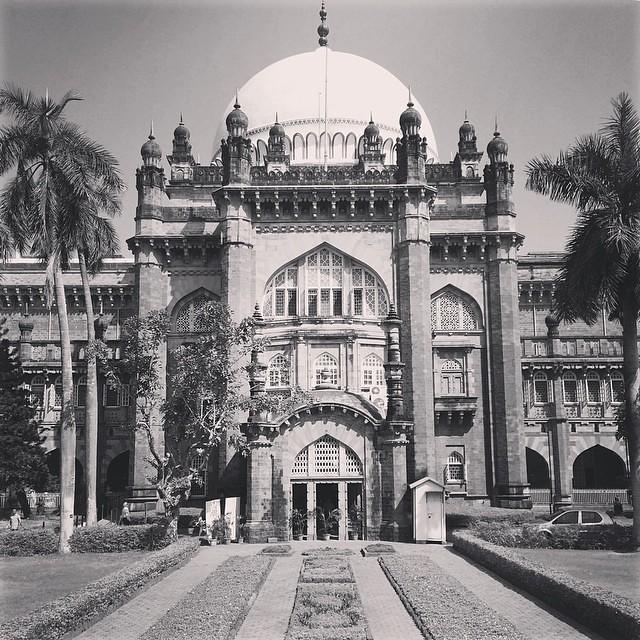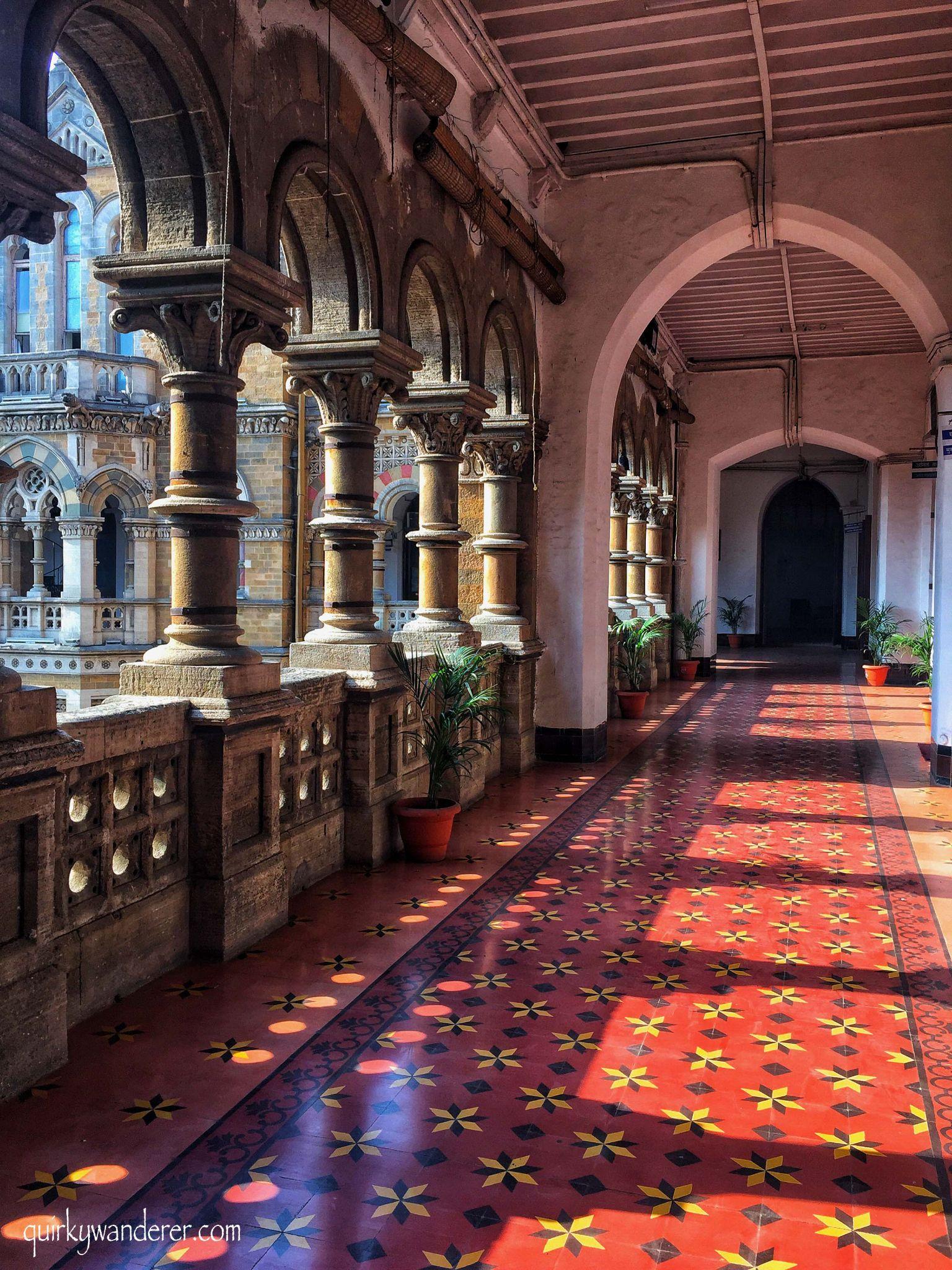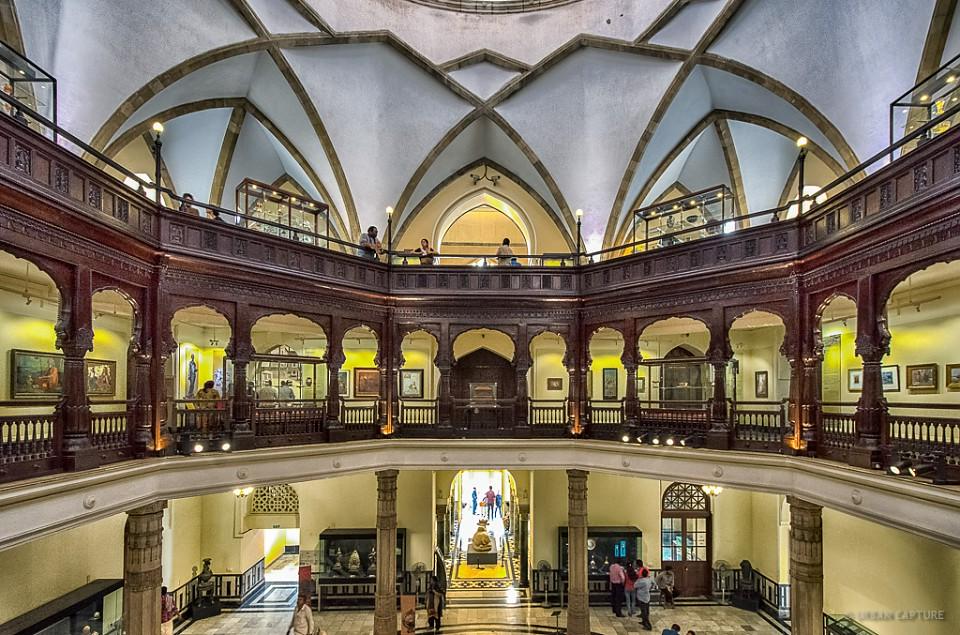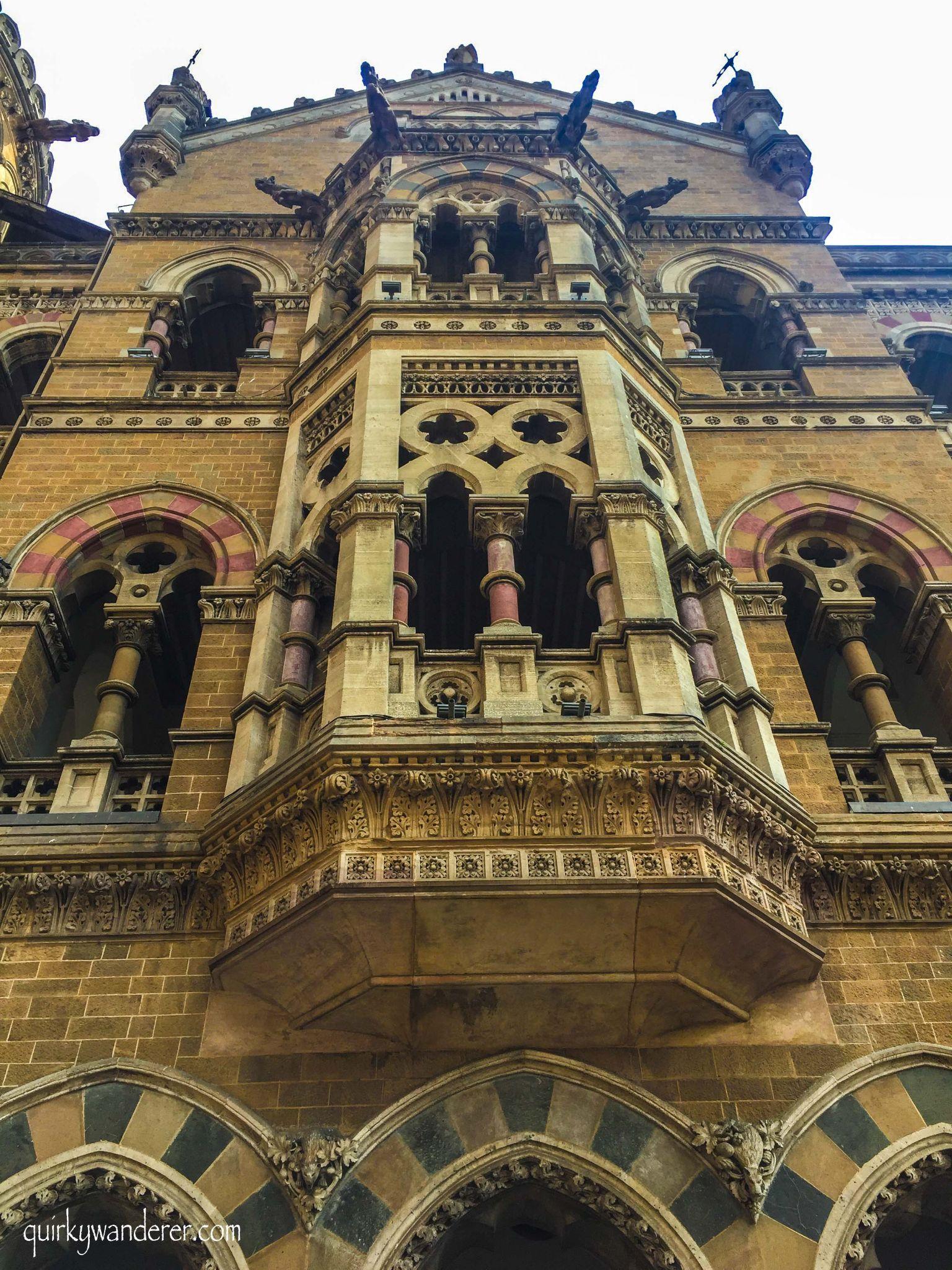Formerly known as the Prince of Wales Museum, The Chhatrapati Shivaji Maharaj Vastu Sangrahalaya or the CSMT museum in Mumbai was established in 1905 during British rule in India. This museum safeguarding India’s heritage is nestled in South Bombay (now called Mumbai) and deploys exhibits ranging from pre-historic times to contemporary times unveiling the rich cultural history of India. The museum has been declared a Grade-1 Heritage building giving it considerable significance at a national level. It was designed by a Scottish architect, George Willet in the Indo-Saracenic style which prevailed at that time and can also be seen in other buildings of the time, namely Gateway of India.

History- Conceiving the Museum
Although it opened to the public in 1922, the idea for the museum was incepted when a group of eminent citizens of Bombay gathered in the Town Hall to honour the Prince of Wales’s (to be King George V) visit to India. Hence, the Government of Bombay’s presidency approved the resolution to build a museum which would not only add to the architectural development of Bombay but would also raise awareness about Indian culture to the public.
On 11th November 1905, the Prince of Wales laid the foundation stone for the CSMT museum and it took about nine years to complete its construction until 1914 when it was wrapped up. However, around this time, due to World War I, the museum was used by the military as a hospital for respite for those affected and as an exhibition centre for raising awareness about children’s welfare. At that time the museum was renamed as Lady Hardinge War Hospital.
Finally, on the 10th of January, 1922, the museum was opened to the public.
Architecture and Design of the Museum
The blend of Hindu and Saracenic architectural styles popularly known as the Indo-Saracenic style gained popularity during the 19th century when British architects started resembling it in public institutional buildings to reassert confidence from the natives of the land they had colonised. George Wittlet won the open design contest in 1905 and went on to build the Indo-Saracenic style CSMT museum. The style was characterised by pointed arches, spires, tracery, vaulted ceilings and domes.
The CSMT museum is approached from the Mahatma Gandhi Road from where you enter into a Mughal char bagh style inspired garden which recesses the museum building away from the main road and creates a well-landscaped entry. There is a statue of the Prince of Wales right at the centre where the walkways that divide the garden into quadrangles crisscross. The southwest facade is the main one which you can see as you enter the garden. This facade flaunts a porte-cochere (an entrance porch) which marks the entry to the museum building and is flanked by huge columns terminating with a finial and a series of arches on either side. The only thing that interrupts the horizontality of the facade which is enhanced with Rajasthani jharokhas and Islamic-style arched openings is a huge bulbous dome at the centre. The structure is made of locally quarried Basalt and Kurla stone. The load-bearing system incorporates an arcuated system which makes use of arches and domes for load transfer.

Walking into the Museum
As you enter the Bangla-style vaulted porte-cochere you reach an entry space with small domes as a ceiling which then leads you to the central octagonal atrium- a triple-volume space topped off by the bulbous dome. It is supported by eight intersecting arches which form a pendentive inspired by the Gol Gumbaz in Bijapur. Here one can find Jain columns which yet again prove how this museum is the perfect amalgamation of Hindu and Islamic architecture with hints of British colonial architecture through the use of verandahs on the ground floor. The balconies on the upper floors open into the atrium visually connecting all the floors. The balcony on the first floor is a wooden carved pavilion George Wittlet purchased from a royal wada (house) in Nashik. Marble can be seen in the flooring as well as in the pillars. A flight of stairs from the atrium leads you to the upper storeys where you can find various galleries showcasing artefacts, sculptures and other valuables from ancient times. The space is well-lit under the light coming from the clerestory windows around the dome space, arched openings and artificial lighting.



Collections
The CSMT museum houses over 70,000 artefacts including over 20 galleries of Indian miniature paintings, Himalayan art, arms and armour, Chinese and Japanese art, textile and many more crafts. Broadly it is divided into three categories- art, artefacts and natural history. Artefacts from the Indus Valley civilisation and the Gupta dynasty and Mughal rule under Akbar are also a part of the collection. Sculptures from historic times dating back to as ancient as the 6th century have been exhibited. Not only historic but it also displays works of modern times like the paintings of Rustom Siodia, Pestonji Bemonji and many others.
“Chhatrapati Shivaji Maharaj Vastu Sangrahalaya (CSMVS) is a cultural, as well as a social space and also a meeting place for communities to engage in dialogue and exchange of ideas. The Museum plays a direct role in preserving and enriching the community in which it is sustained.” (Mukherji, 2022).

The museum thus plays a major role in preserving the history and culture of our country and helps us understand the evolution of the country in terms of its socio-economic and cultural aspects. It is a significant marvel for art historians or researchers who gain a new perspective on subjects of their interests by visiting and learning from the museum. It also introduces them to people from their field, hence adding to the understanding and awareness regarding our history and the country we live in and what has shaped it into the prolific region it is today.
References:
CSMVS centenary2022 – 2023 (no date) CHHATRAPATI SHIVAJI MAHARAJ VASTU SANGRAHALAYA. Available at: https://csmvs.in/csmvs100/ (Accessed: 01 August 2023).
History (no date) CHHATRAPATI SHIVAJI MAHARAJ VASTU SANGRAHALAYA. Available at: https://csmvs.in/history/ (Accessed: 01 August 2023).
Mumbai’s ‘Chhatrapati Shivaji Maharaj vastu sangrahalaya’ steps into its centenary year (no date) Press Information Bureau. Available at: https://pib.gov.in/PressReleaseIframePage.aspx?PRID=1788923 (Accessed: 01 August 2023).
Saxena, S. (2022) Chhatrapati Shivaji Maharaj vastu sangrahalaya, SY Blog. Available at: https://www.squareyards.com/blog/chhatrapati-shivaji-maharaj-vastu-sangrahalaya-mnm (Accessed: 01 August 2023).
Singhal, C. (2021) A study of museum architecture with special reference to Chhatrapati Shivaji Maharaj Vastu Sangrahalaya, Mumbai, Academia.edu. Available at: https://www.academia.edu/47867655/A_STUDY_OF_MUSEUM_ARCHITECTURE_WITH_SPECIAL_REFERENCE_TO_CHHATRAPATI_SHIVAJI_MAHARAJ_VASTU_SANGRAHALAYA_MUMBAI (Accessed: 01 August 2023).

















